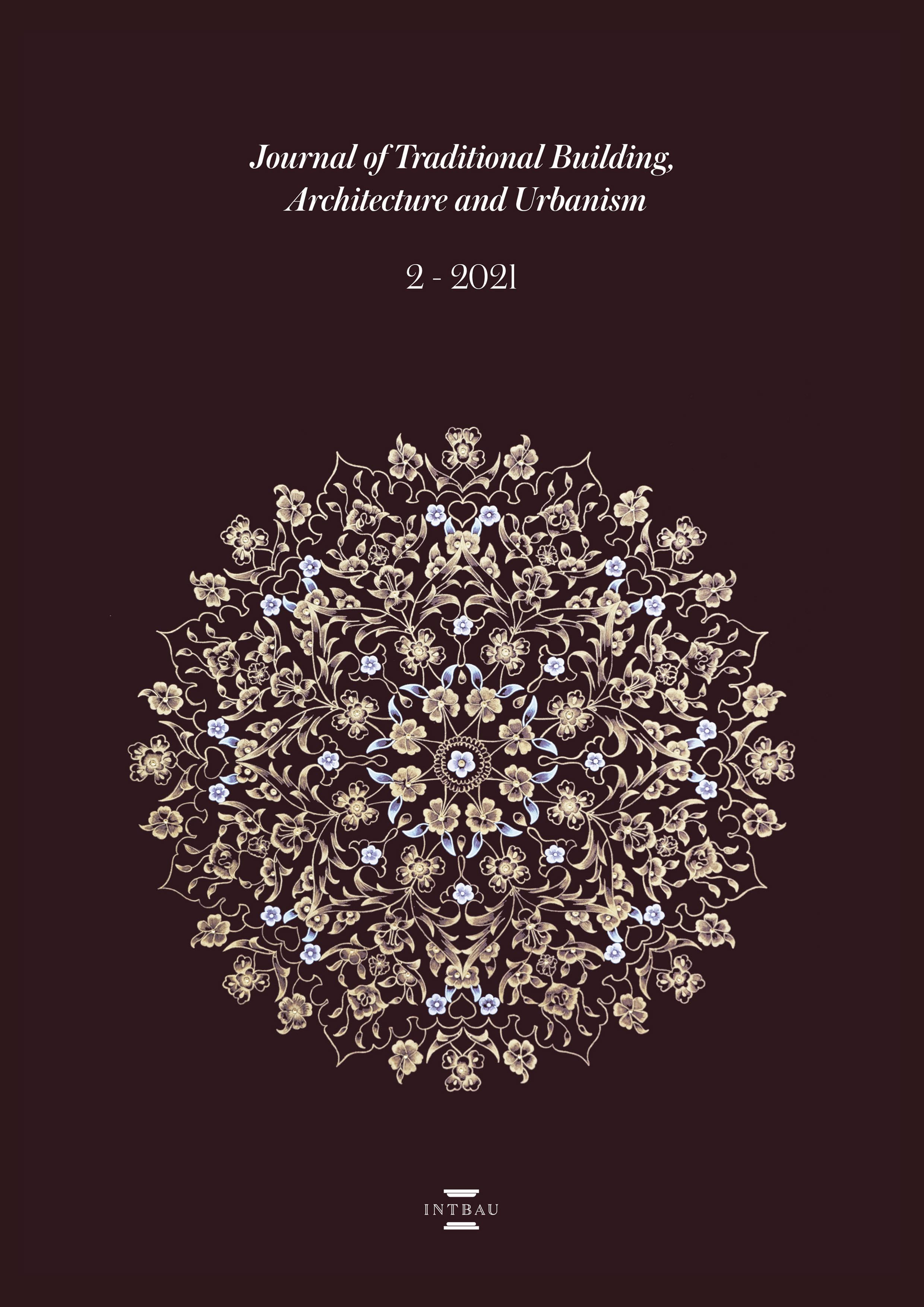Abstract
The accelerated growth of Calcutta as a trading center under the British between the mid-18th and early 20th centuries brought an influx of diverse trading communities, including Armenians, Baghdadi Jews, Parsis, and Chinese, who settled in the historic bazaar nucleus of the city known today as Central Calcutta. These ethnoreligious communities erected significant heritage buildings reflecting their cultures. But with large-scale emigration and a rapidly dwindling local population, this shared built heritage is in neglect and has little or no relevance for Central Calcutta’s contemporary communities. This paper discusses the issues faced by these heritage resources and offers recommendations for enhancing community engagement, initiating co-management and developing common goals amongst contemporary communities so as to effectively safeguard this built heritage of dwindling minorities.
References
Bhattacharya, Nandini. 2009. The Anglo-Indians of Calcutta: An Interview with Rudolph L. Rodriguez. In Bannerjee, Himadri; Gupta, Nilanjana; and Mukherjee, Sipra (eds.), Calcutta Mosaic, 142-150. New Delhi: Anthem Press.
Bhattacharya, Susmita. 2009. The Armenians of Calcutta. In Bannerjee, Himadri; Gupta, Nilanjana; and Mukherjee, Sipra (eds.), Calcutta Mosaic, 70-85. New Delhi: Anthem Press.
Bose, Nirmal Kumar. 1964. Calcutta 1964: A Social Survey. Calcutta: Lalwani Publishing House.
Edulji, Phiroze. 2015. Banajee Agiary in Calcutta is now an Electrical Market. News World India. https://parsikhabar.net/heritage/banajee-agiary-in-calcutta-is-now-an-electrical-market/11914/ (consulted on 05/11/2015).
ICOMOS. 2010. Changing World, Changing Views of Heritage: Heritage and Social change. Proceedings of the ICOMOS Scientific Symposium, 5-6. Dublin: ICOMOS International Secretariat.
Loth, Calder. 2016. The Complex Greek Meander. Institute of Classical Architecture & Art. https://www.classicist.org/articles/classical-comments-the-complex-greek-meander/#_edn1 (consulted on 02/09/2021).
Madan, C. J. 1990. The Parsis of Calcutta. In Chaudhuri, Sukanta (ed.), Calcutta The Living City, vol. 2, 62-63. New Delhi: Oxford University Press.
Mukherjee, Sipra. 2009. The Jews of Calcutta. In Bannerjee, Himadri; Gupta, Nilanjana; and Mukherjee, Sipra (eds.), Calcutta Mosaic, 86-95. New Delhi: Anthem Press.
Omalley, Lewis Sydney Steward. 1911. Census of India. Calcutta: Bengal Secretariat Book Depot.
Ray, Dalia. 1996. Jews in Indian History After Independence. Proceedings of the Indian History Congress, vol. 57, 568-574. http://www.jstor.org/stable/44133361 (consulted on 20/10/2020).
Seth, Mesrovb Jacob. 1897. History of the Armenians in India: From the Earliest times to the Present Day. London: Luzac & Co.
Sircar, Jawahar. 1990. The Chinese of Calcutta. In Chaudhuri, Sukanta (ed.), Calcutta: The Living City, vol. 2. New Delhi: Oxford University Press.
Solvyns, François Balthazard. 1811. Les Hindous, vol.3. Paris: Chezl' Antuer.
The cha project. 2014. A heritage-led revival of Kolkata Chinatown. https://issuu.com/buzzzmedia/docs/thechaprojectreport_red (consulted on 10/07/2020).

This work is licensed under a Creative Commons Attribution-NonCommercial-NoDerivatives 4.0 International License.

